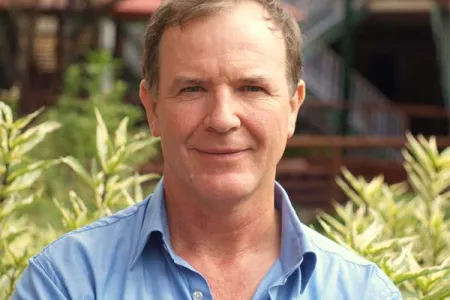Indigenous Peoples are critical to conservation
Indigenous peoples own or manage at least one-quarter of the world’s land surface, according to a new study published this week in the journal Nature Sustainability.
Professor Stephen Garnett, of Charles Darwin University, who led the international consortium that developed the maps, said that understanding the extent of lands over which indigenous peoples retained traditional connection was critical for several conservation and climate agreements.
“Not until we pulled together the best available published information on indigenous lands did we really appreciate the extraordinary scale of indigenous peoples’ ongoing influence,” Professor Garnett said.
The 38 million square kilometres owned or managed by indigenous peoples were spread across 87 countries or politically distinct areas and overlapped with about 40 per cent of all terrestrial protected areas.
One of the striking findings of the study was the extent of lands with strong indigenous connections that were little changed by development.
Professor James Watson, of the New York-based Wildlife Conservation Society, said the researchers found that about two-thirds of indigenous lands were essentially natural.
“That is more than double the proportion for other lands,” he said
Professor Neil Burgess, of the UN Environment World Conservation Monitoring Centre in Cambridge, said that in many countries indigenous peoples were taking an active role in conservation.
“What this new research shows is the huge potential for further collaborative partnerships between indigenous peoples’ conservation practitioners and governments. This should yield major benefits for conservation of ecologically valuable landscapes, ecosystems and genes for future generations.”
Some countries stand out as having significant levels of indigenous engagement with conservation.
Professor Cathy Robinson, of Charles Darwin University and the CSIRO, said that in Australia, nearly half of all protected areas were owned and managed by Indigenous peoples.
“The coincidence between the interests between Indigenous peoples and conservation is a cornerstone of Australia’s conservation policy.”
The study should have particular value for the Intergovernmental Science-Policy Platform on Biodiversity and Ecosystem Services (IPBES), which is co-ordinating efforts to assess status and trends of nature, and the contributions of nature to people.
Professor Zsolt Molnár, from the IPBES Indigenous and Local Knowledge Task Force, said the organisation had been looking for an overview of indigenous influence for some time.
“What these new maps show us is that understanding indigenous perspectives and indigenous contributions to conservation are essential when negotiating local or global conservation agreements,” Professor Molnár said.
To read the full paper please visit W: https://rdcu.be/232D
